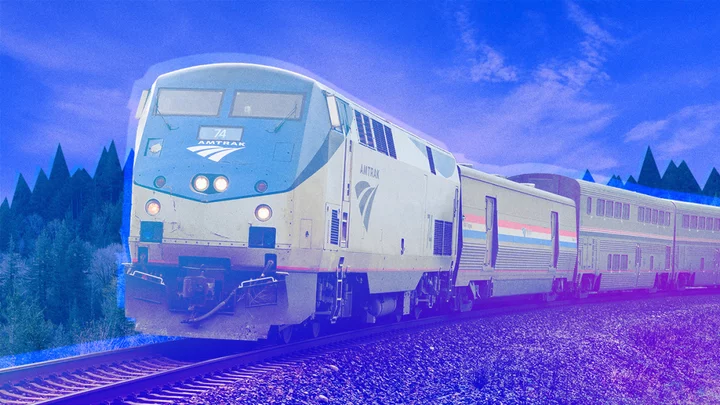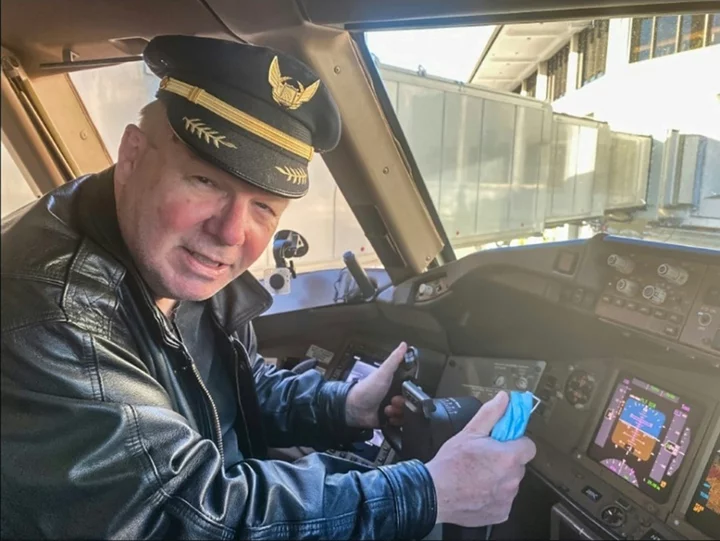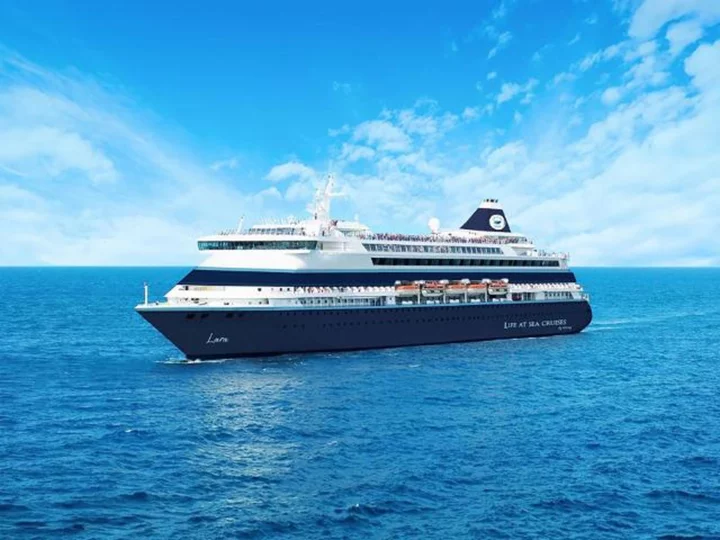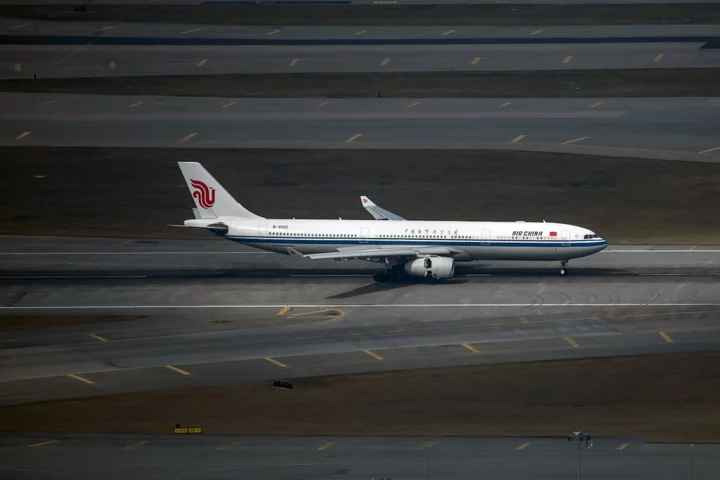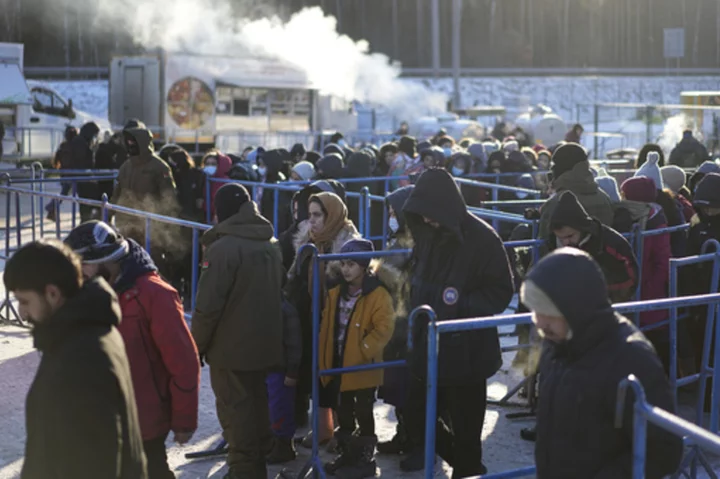I love to travel for work and leisure, but I'll do anything to avoid taking a flight. Here’s why: Imagine paying hundreds of dollars for the opportunity to sit in a tiny seat between total strangers who probably hate you because they booked their seats hoping the middle seat would remain unfilled. This scenario is the reality for millions of airline travelers each year.
Before you even get in the air, you might have to dodge a random brawl at the ticket counter, endure humiliation at the hands of the TSA employees during a pat down, or encounter a fight in the baggage claim area. To add insult to injury, US air travelers can expect to rack up various fees for services that used to be standard features, such as checked bags, adequate leg room, and in-flight beverages and snacks. US Transportation Secretary Pete Buttigieg even penned an open letter to the US airline industry in 2022, asking them to improve their services.
The inconveniences and stressful circumstances associated with air travel made me look for a more relaxing way to reach a vacation destination. I'm happy to report that a recent work trip from Atlanta to New York City opened my eyes to the joys of riding the rails.
I can already hear some people in the comments cracking their knuckles, readying to defend their favorite airline. I want to clarify: I do not think people who prefer planes to trains are making a bad choice. I jut prefer the train for leisure trips, and I have some pretty specific reasons for it. Read on, and I'll take you through my thought process to show how I came to this conclusion (if the relaxing video below isn't enough to convince you outright).
Air Travel vs. Train Travel
To me, the skies only offer a dire situation, though I'll readily admit that flying is the best option for budget-conscious folks, business travelers, or those traveling for emergencies. Train travel is best for vacationers with lax schedules and the funds to spring for a room in a sleeping car.
Moynihan Train Hall in New York City (Credit: Kim Key)Checking in and Boarding Process
Airports are stressful. The journey from the airline ticket counter to the departure gate at Atlanta's Hartsfield Jackson International Airport often involves an hour-long queue in the security line, followed by a ride on the airport's subway system, a climb up an escalator, and finally, a trek to get to the gate in question.
Airlines can’t beat rail travel when providing a relaxing, hassle-free experience. Instead of lining up, climbing, and walking, on my latest train trip, I strolled straight from the Amtrak station’s ticket counter to my bedroom in the train's sleeper car. The experience took less than five minutes, and I didn’t even have to pay fees for extra bags or heavy luggage.
Baggage Fees and Policies
If you've ever closed your eyes and taken a long, slow, breath as a flight attendant attempts to placate a passenger who is insisting their oversized carry-on luggage can fit in one of the overhead compartments, you know airlines don't have a chance of winning this fight. While most US-based airlines allow customers to check up to 10 bags, the companies have confusing luggage rules that vary from airline to airline. All US-based airlines require fees for checked luggage, usually starting at $30 for one bag. Most domestic airline restrictions allow only one personal item and a carry-on bag.
You can spread out on a train in a way that you can't on a plane (Credit: Kim Key)Amtrak’s baggage policies allow riders to bring far more free luggage than airline policies allow. Travelers can bring two personal items and two carry-on items for free onboard an Amtrak train. Each passenger can check up to four bags; the first two bags are free, then it’s $20 per bag. (Want to know what to bring to stay comfortable on a long train ride? I wrote about the gadgets I packed for my first overnight Amtrak trip here.) I didn't check any bags on my trip to New York City, since my bedroom on the train was large enough to hold all of my things.
On my return trip, I opted for a smaller roomette, so I checked my suitcase. Baggage pickup was effortless, as I could take my suitcase from the same attendant I'd handed it to at the beginning of the trip and depart the station quickly.
I enjoyed not seeing armed, jackbooted individuals wearing Kevlar, carrying giant weapons, and warily eyeing passersby during my time in the train stations.Security Policies
I'm an elder millennial, so my memories of what air travel was like before the creation of the Department of Homeland Security in 2002 are a little hazy, but I think it was a lot less stressful. You'd roll up to the airport gate 20 minutes before departure time, stroll through a metal detector, toss a smile and a wink to the neckerchief-wearing desk attendant, turn back to wave to your loved ones who accompanied you to the gate, and board your conveyance to those much talked about "friendly skies."
Today, US airports operate under the shadow of government surveillance and the bureaucratic behemoth that is the Transportation Security Administration (TSA), which, at a busy airport, can slow the process of getting to your plane to a crawl. After waiting in line at an airport security checkpoint, you must send your carry-on items through a scanner, remove your shoes and outer garments, and then walk through a body scanning machine or, if you object to radiation exposure, allow a stranger to touch your body or comb through your hair while searching for prohibited items. If those indignities weren't enough, you can be pulled aside for "enhanced screening" for any number of reasons, further delaying your departure from the security area.
For better or worse, security on Amtrak is very hands-off and low-key. I was the only one who touched my bags, aside from my checked suitcase. My boarding pass was verified with a quick QR code scan by the attendant. I was never asked to remove clothing or even show any identification. In fact, aside from an extremely good K-9 pup patrolling one station stop in Virginia, I didn't notice any security personnel during my Amtrak journey. Personally, I enjoyed not seeing armed, jackbooted individuals wearing Kevlar, carrying giant weapons, and warily eyeing passersby during my time in the train stations.
Coach Accommodations
Though I recommend traveling in a sleeper car for an overnight train journey, coach is a comfortable option for shorter adventures. Coach seats on Amtrak trains are similar to the typical first-class experience on an airline in the United States. You get plenty of legroom, and reclining the spacious seats is easy. Plus, there’s personalized attention from the staff. The Amtrak coach section seats are far less expensive than first-class train tickets.
Pricing
The price for a luxurious experience is where train travel can’t compete with air travel. A roundtrip first-class flight from Atlanta to New York City on my preferred airline is around $800. A roundtrip ticket for a bedroom on an Amtrak train taking the same route costs nearly $2,000. You can shave costs by traveling during the offseason or by purchasing a ticket for a smaller but still comfortable roomette in a sleeper car, but it’s still more expensive than flying.
Average Time Spent Traveling
Though flight delays can and do happen, overall, flying wins when it comes to travel time since travelers who live near a major airport can choose from multiple daily flights to major cities worldwide and reach their destination in just a few hours. Amtrak offers limited rail line coverage around the United States and into Canada, and the trains share lines with freight trains, so expect potentially lengthy delays.
Even in business class, the lay-flat seats won't shield your ears from the loud phone conversations from corporate types, the endless giggles of those who were overserved at an airport bar, or the screams of a frightened, tired, or teething baby.Overall Experience
Despite the slow speeds, traveling in a private room on a train is a more pleasurable experience than flying. If you're in a room, your soundscape is limited to the muted horn and rhythmic whooshing of the train as it chugs along, occasionally interrupted by a friendly train attendant knocking on the door to take your meal order or set up a bed for your overnight stay. All meals, select alcoholic beverages, beds, a private bathroom, and nightly turndown service are included in the price of an Amtrak first-class ticket.
On a plane, your experience is a shared one with everyone in your cabin. Even in business class, the lay-flat seats won't shield your ears from the loud phone conversations from corporate types, the endless giggles of those who were overserved at an airport bar, or the screams of a frightened, tired, or teething baby. Sure, you can break out the noise-canceling headphones and zone out, but when your seat partner climbs over you for the third time to use the restroom, you may consider alternate travel methods.
Is Train Travel Better for Your Health?
I first looked into train travel during the COVID-19 pandemic lockdown period in my hometown. I figured a room on a train would limit my exposure to other passengers. I was right. During my recent train trip, the only time I interacted with other passengers was during the boarding and departure process. Otherwise, I only encountered the train car attendant, who dropped by my room to bring meals and set up the bed. On a plane, that level of privacy is impossible.
Some sights from my recent Amtrak trip from Atlanta to New York City (Credit: Kim Key)Some medical professionals do not recommend air travel for people with a history of serious respiratory diseases, who are in the last weeks of pregnancy, or who have certain cardiovascular issues. Talk to your doctor if you have concerns about your health and ability to travel.
That said, sitting for a long time on either a plane or a train is not good for your body. You may find it easier to get up and march in place in your room on a train rather than pacing the narrow aisles of a plane. Whichever travel method you choose, keep your body moving to protect your heart.
All Aboard (for Train Travel)
Riding a train is a relaxing experience, from departure to arrival. US-based airlines can't compete, due to regulations and high fuel prices. Running an airline is a costly venture. Gas is expensive, planes are expensive, insurance is expensive, and so on.
I recognize that airlines made a lot of service cuts to trim those costs over the years, and the problem is, it's starting to show. The airport experience is a mess of stress, and the in-flight experience is occasionally even worse.
After taking a few outstanding trips aboard an Amtrak train, I plan to consider all the costs and delays associated with traveling on the rails when planning all future vacations. I will fly for work trips because it's less expensive and usually a faster way to travel, but I know I'll miss my comfortable room in a train car every time someone kicks the back of my seat.

